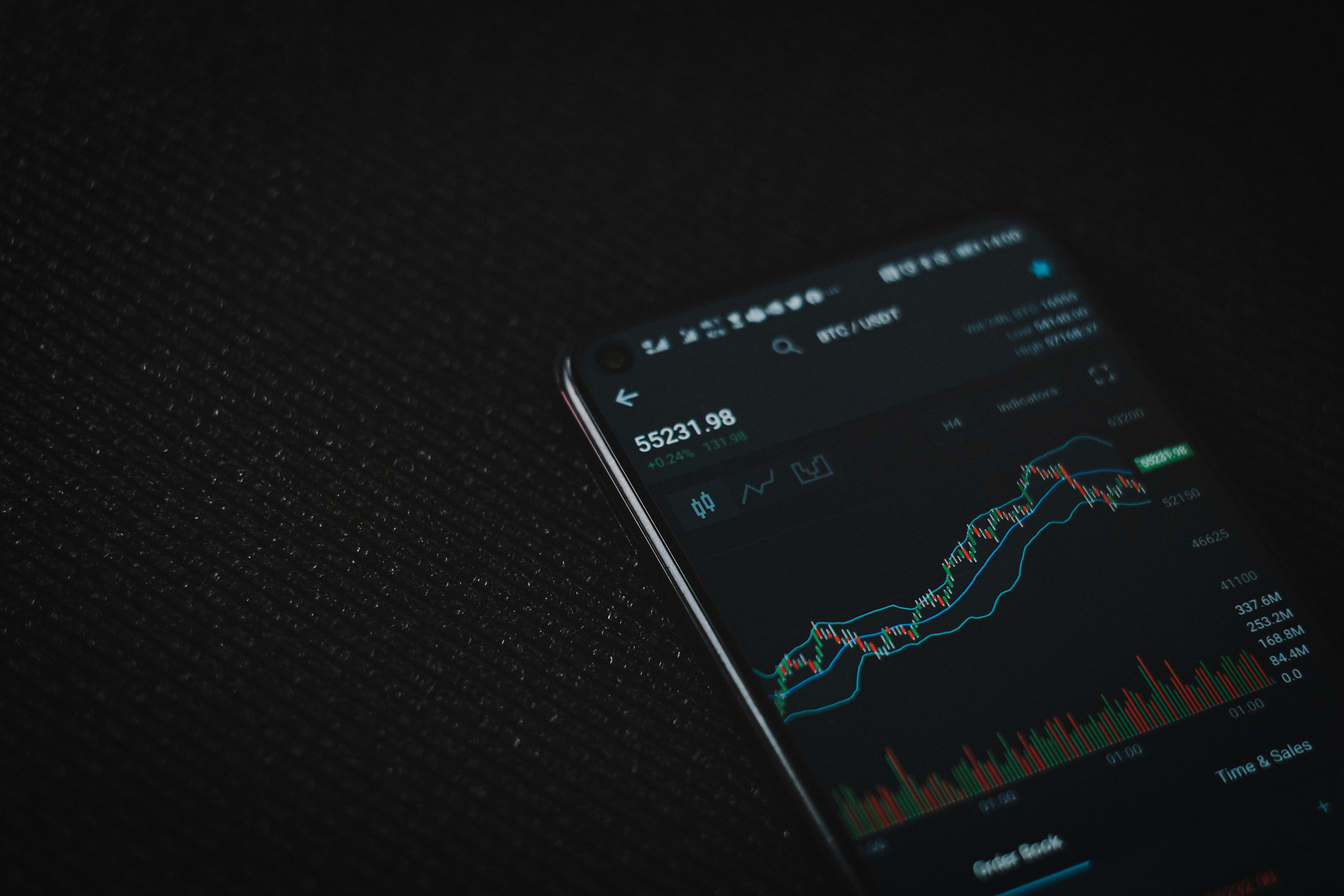
My Two Million Dollar Spending Spree
July 18, 2025
Over the past few weeks, I’ve been laser-focused on getting my finances in order. Like many Americans over eighteen, I’ve accumulated more than my fair share of debt—along with the bad spending habits that come with it. Credit cards, a car loan that’s longer than it should be—everything short of payday loans and collections—I’ve got it.
Fortunately, I caught the problem early enough to turn it around. I did what every financial advisor suggests: built a strict budget that includes only essentials. To my surprise, I found myself in a decent position—able to put at least $500 a month toward debt. In short, six months of disciplined effort could wipe out the worst of it, and another six to eight could have me completely debt-free, car and all.
Everything was going smoothly—until last week.
On an ordinary Wednesday, I woke up feeling proud of the discipline I’d shown over the past two weeks. I had already saved enough for a one-month emergency fund and was ready to start chipping away at my debt. That morning, I noticed an email from Chick-fil-A offering me a free birthday milkshake.
Thirty-five seconds later, I had downloaded the app, added the milkshake to my cart, and thrown in a chicken sandwich meal for good measure. I told myself it was a small celebration.
You can probably guess where this goes.
An hour and a half later, I was staring at a passenger seat full of fast food bags, two empty cans of Monster, a bag of Hot Cheetos I don’t remember grabbing, and a pack of cigarettes I had bought at the gas station. In total, I’d spent just under $50. But the real damage wasn’t financial—it was emotional. I threw away most of the food and the cigarettes in disgust and sat there feeling completely deflated.
Then a thought struck me: what if I calculated not just what I spent, but the actual cost—the opportunity cost—of this slip?
I had spent $46.29. If that amount became a recurring habit (which, let’s be honest, it has before), it would cost me more than just cash. At the pace I had set today my habit would end up costing me an absolutely staggering amount: $16,895.85.
But the real kicker came when I factored in investing. Assuming an average annual return of about 8% (adjusted for inflation, roughly the historical S&P 500 average), that same spending habit could cost me:
- Over $250,000 in 10 years
- Nearly $1 million in 20
- More than $2.2 million in 30
Of course, I can’t afford to invest $45 every single day—not yet. But this exercise gave me a crystal-clear picture of just how damaging small, impulsive purchases can be over time.
Since that day, I’ve been using this method every time I’m tempted to spend unnecessarily. So far, it’s worked almost every time. The one exception? I bought a can of white Monster while filling up my gas tank. But even then, I sat in the car, did the math, and realized I had just bought a $200,000 energy drink. And I have to admit—it was the most satisfying can of Monster I’ve ever had. I savored every drop.
At first, I did these calculations by hand, which I actually recommend. There’s something grounding about manually working out the numbers. But as I started using the method more frequently, I built a simple website to do the math for me automatically. It’s made the process much quicker.
If you’re dealing with similar habits, feel free to use the site—but I also encourage you to try doing the math yourself, at least once or twice. The impact hits a little harder that way.
